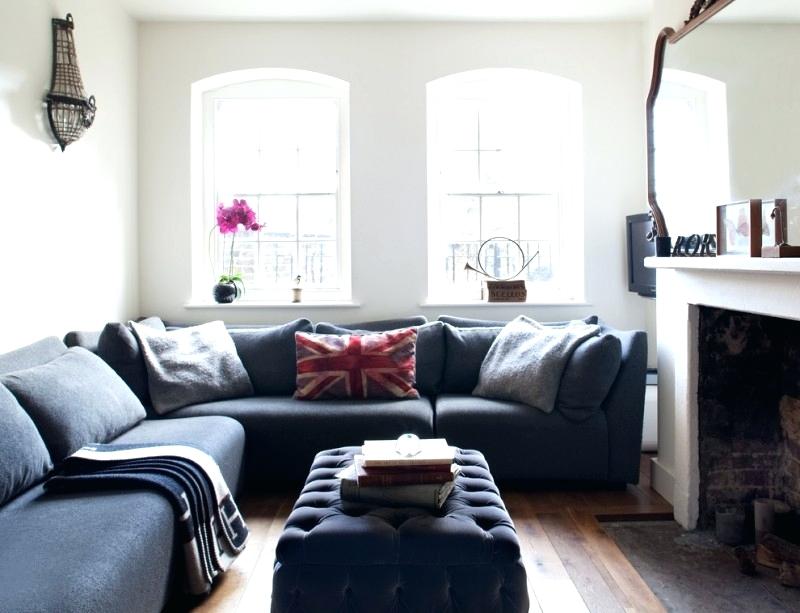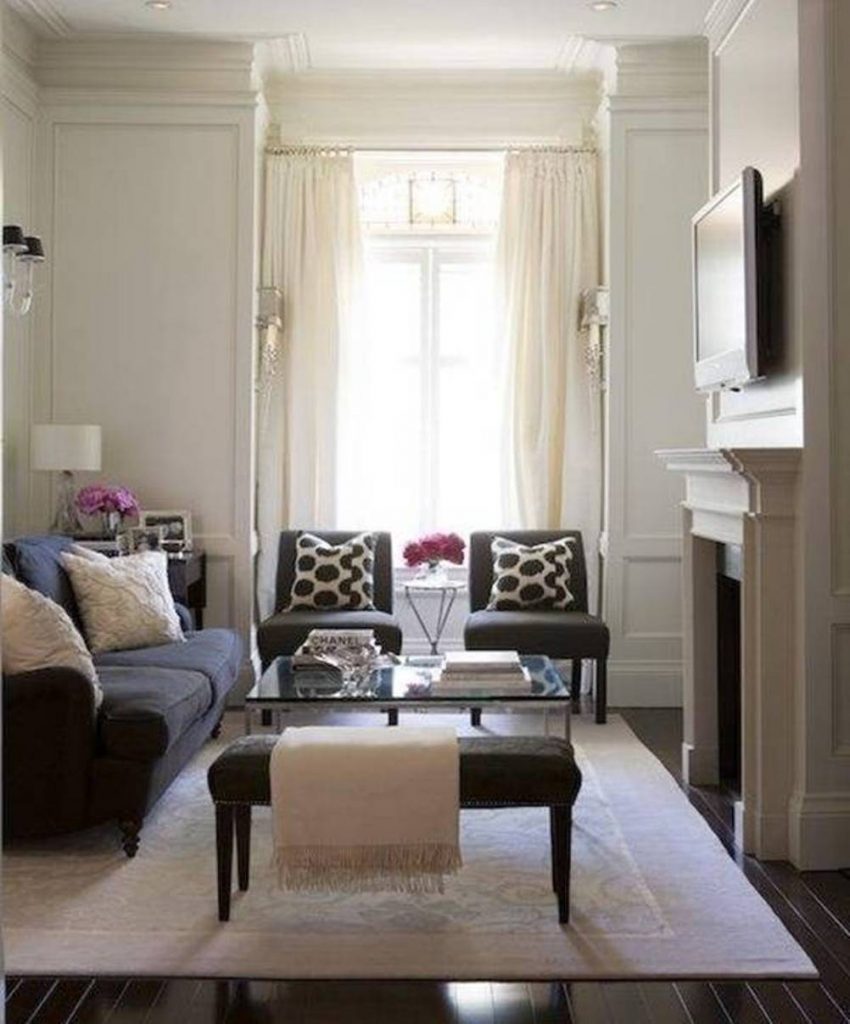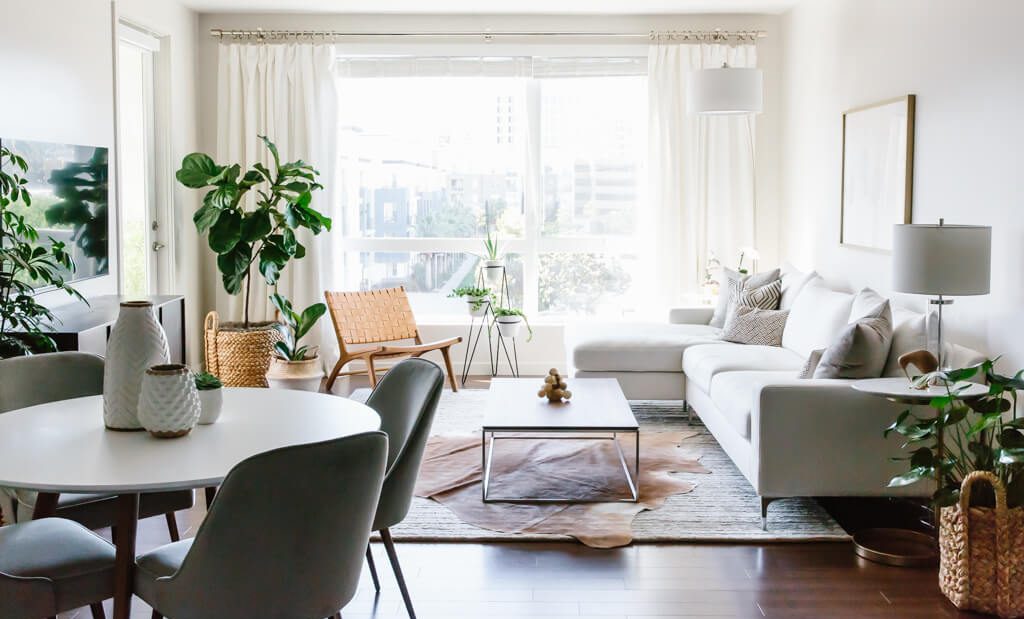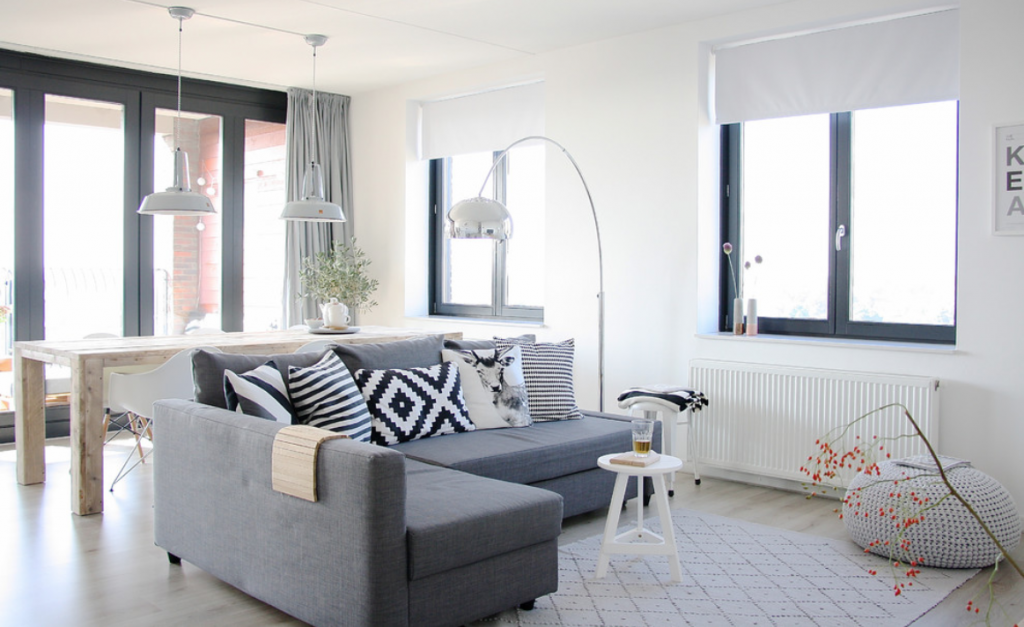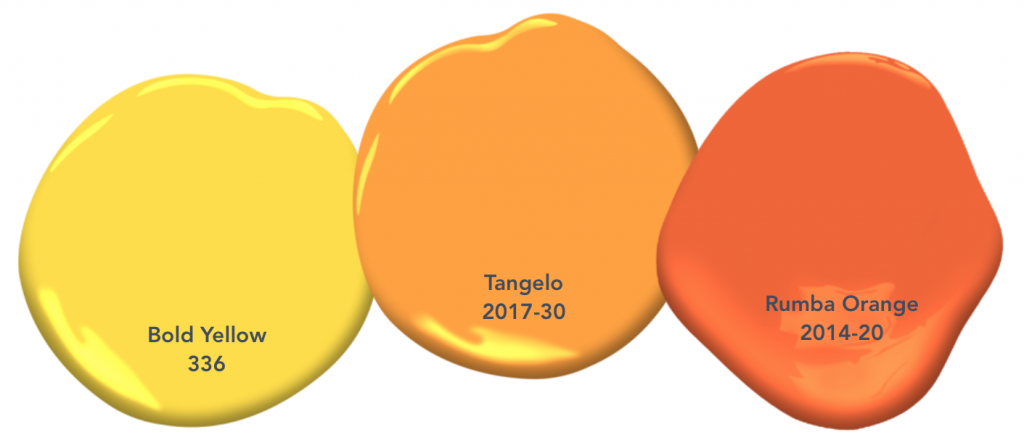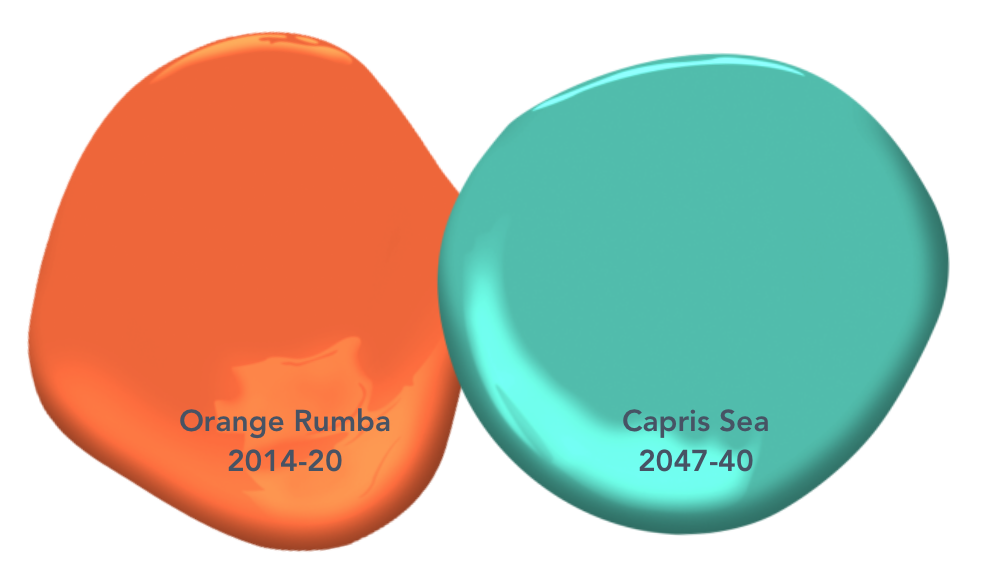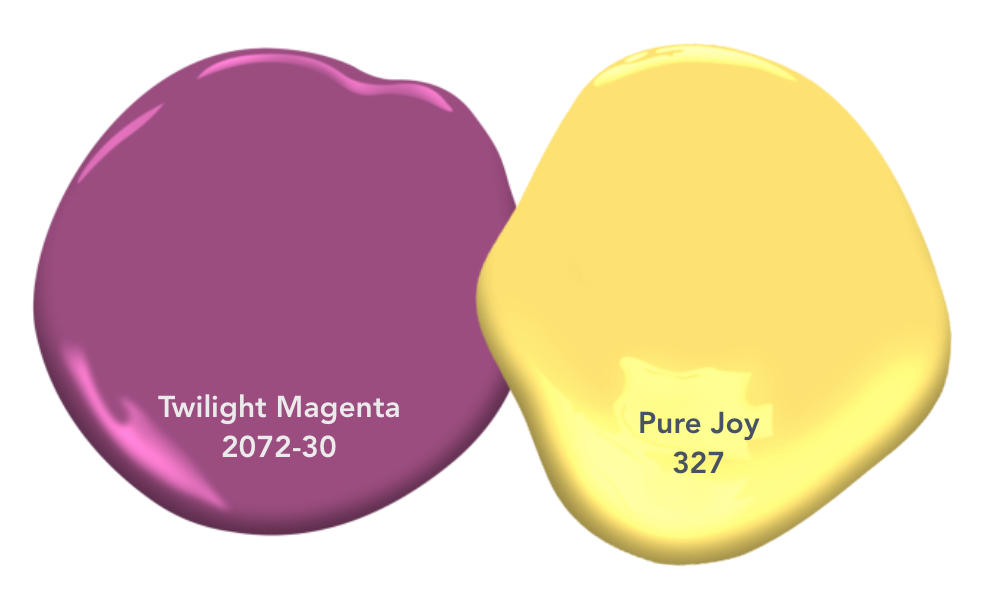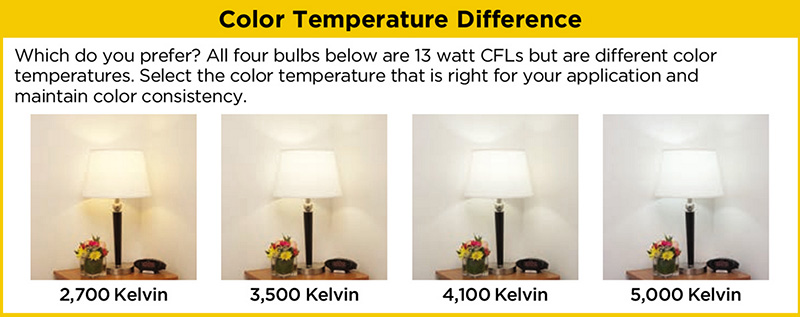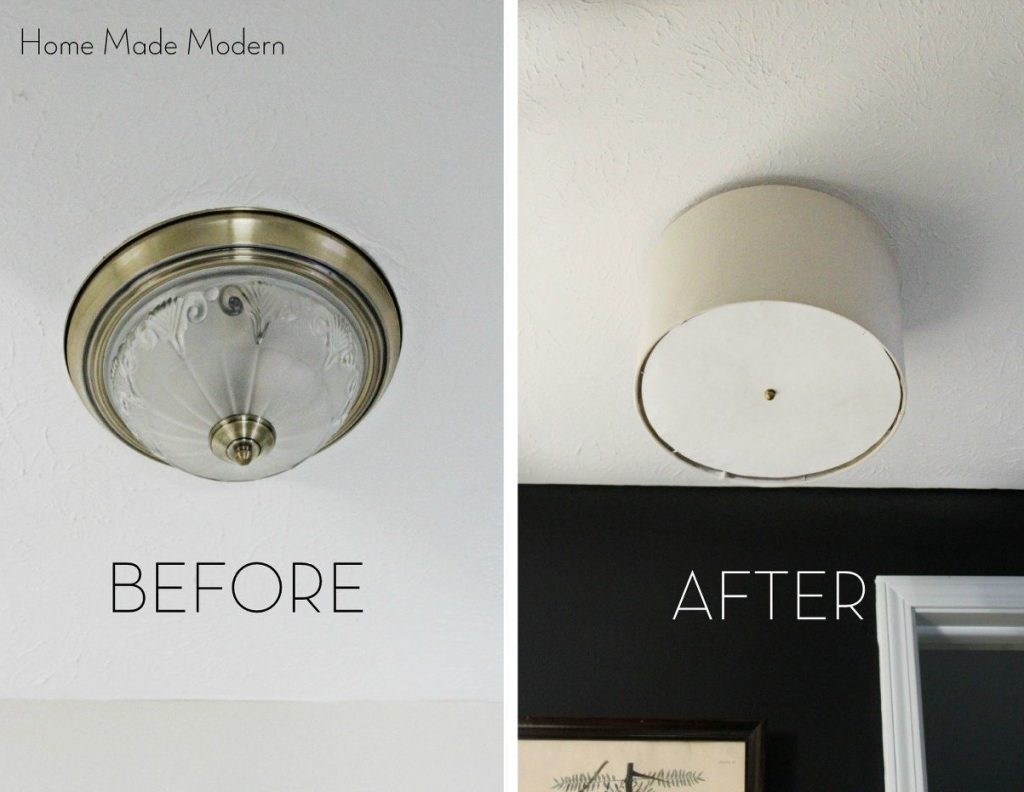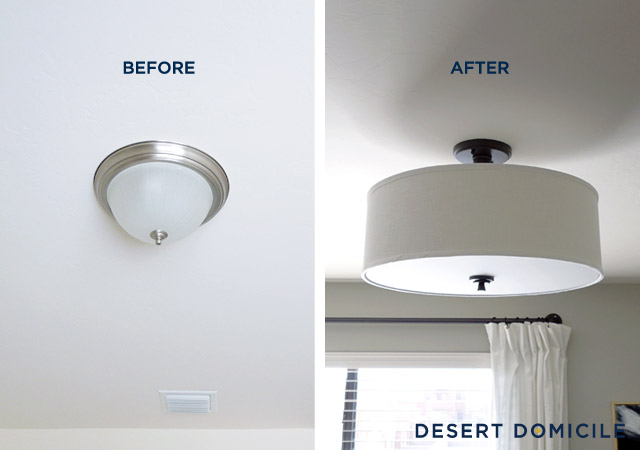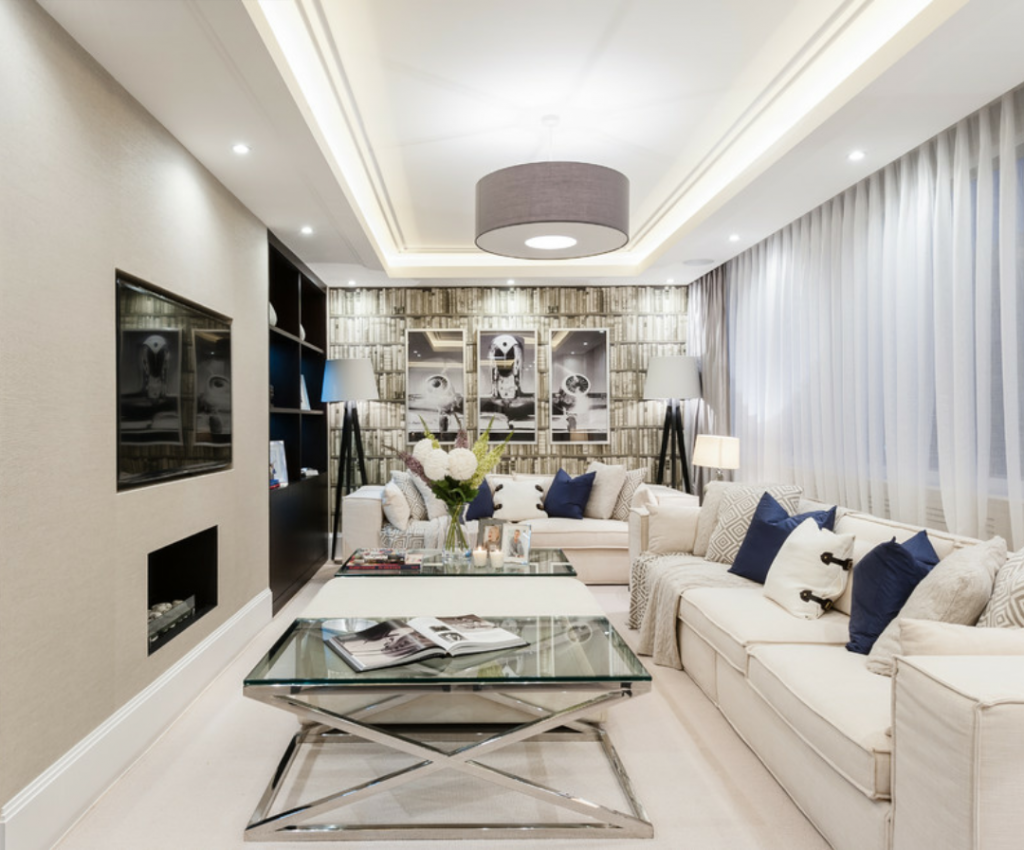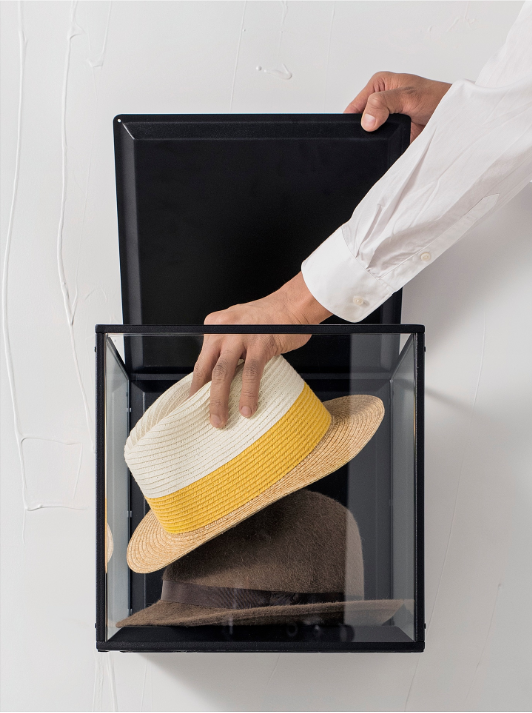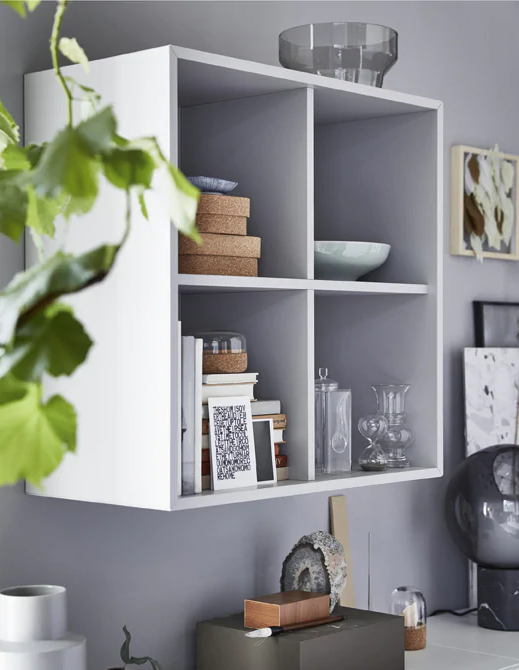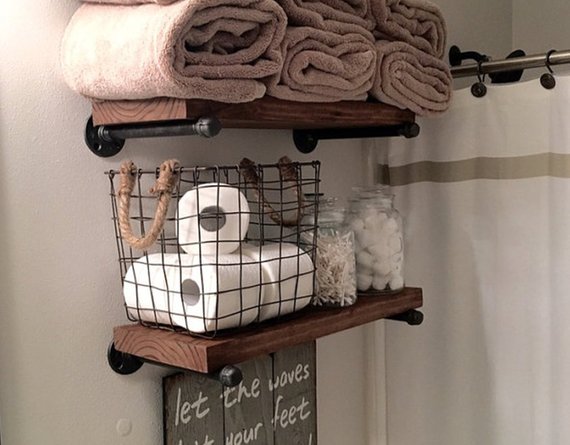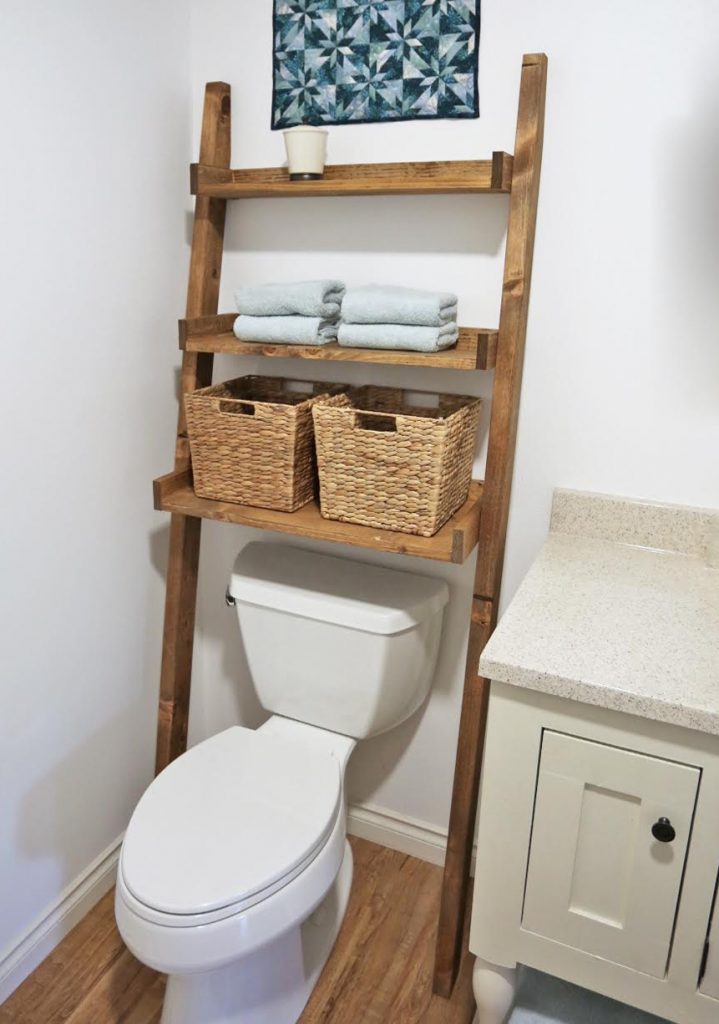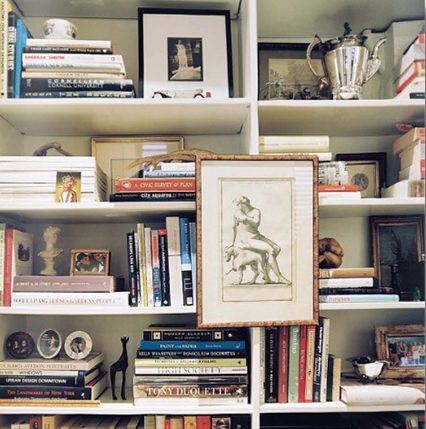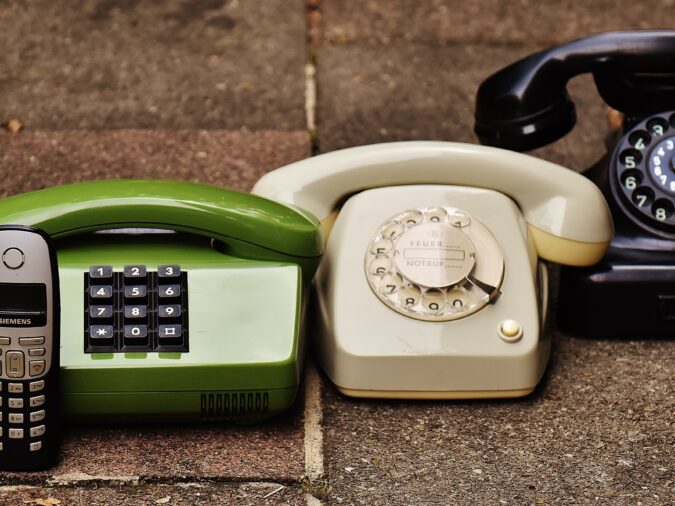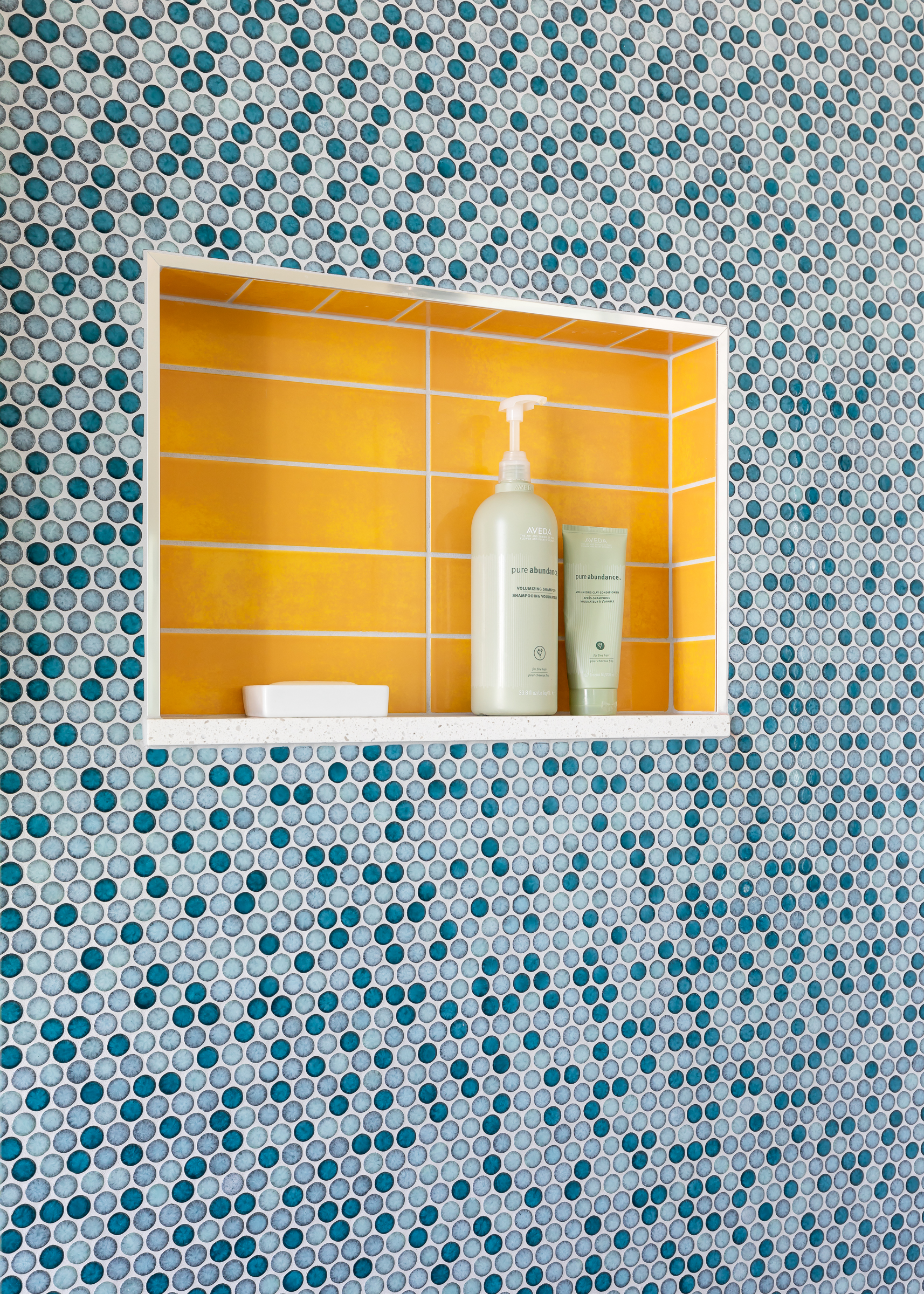Making Your Small Space Feel Larger
Making Your Small Space Feel Larger
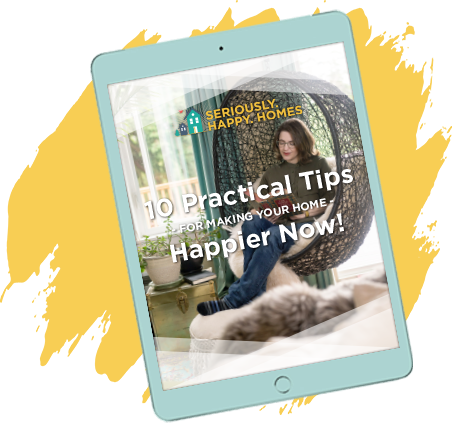
Eager to get happy at home right now?
Get 10 tips for a happier home!
Do you live in a small space, home, or apartment you wish felt more spacious? Do you feel crammed into your home? Living tiny is a great way to save money and leave a smaller footprint on the world, but it does require creative thinking when it comes to design!
If you’re hoping to make your small space feel larger and more spacious, take a look at these five tips to maximize your small space:
Tip one: size matters
When people move into a small space they often feel afraid to buy bigger elements to furnish it, assuming that if they have a small room then they have to have small furniture. In reality, having lots of small things in a room can make it feel crowded and cluttered, while having fewer, larger items can help a space feel open and airy.
Take a look at these two compact living rooms. The one on the left is a design many people would try, using a loveseat and small chairs. There is nothing wrong with this, but it feels more formal and less comfortable than many people like to live. On the other hand, by letting one big sectional fill the room (as in the room on the right) it maximizes the seating and creates a comfy, inviting feeling, needing very little else in the space to make it feel finished. Yes, in a smaller space, less is more, but that doesn’t mean you have to live with dollhouse-sized furniture.
Size matters when it comes to art, too. If you want to create a more open, spacious feel, consider large, bold art instead of a gallery wall.
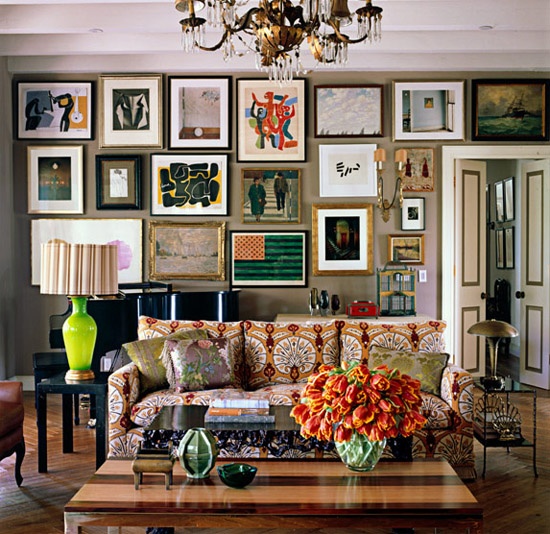
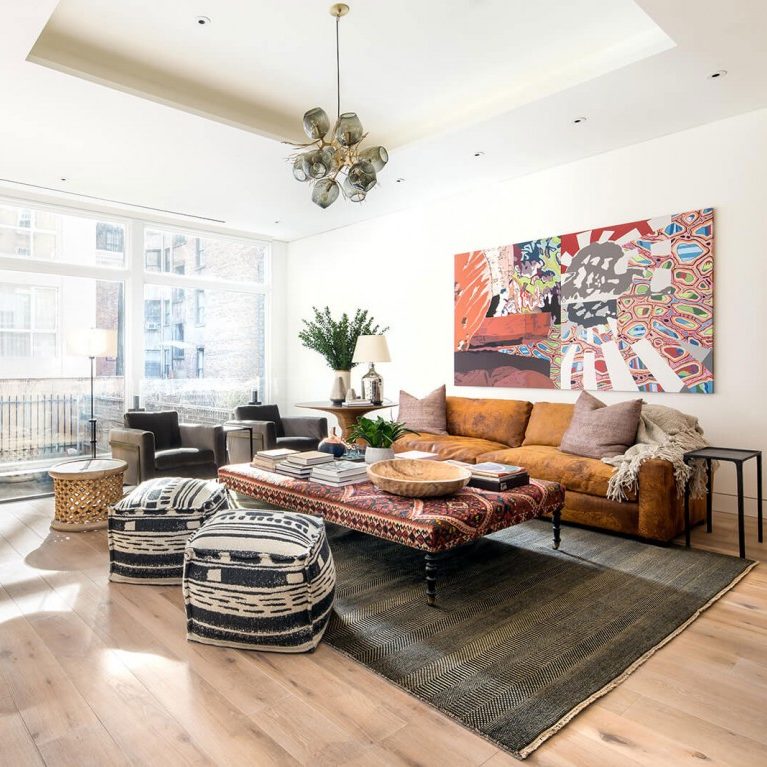
Although both of the rooms above are beautiful (we love eclectic patterns and framed walls, too!), the collection of smaller art in the room on the left means your eye doesn’t know where to rest – it might feel overwhelming or cluttered for some. Meanwhile, in the room on the right they still achieve a boho feel, but the fewer, larger elements gives the eye a place to rest, and lets the viewer take in the room at a glance.
Tip two: Style Matters
When choosing your furniture look for items with low backs to keep an open feel across the room, consider furnishing with legs to create an airy, light feeling, and focus on items with simple lines. Straight arms on chairs or sofas (also called “track arms”) not only make a room look bigger, it also prevents a decorative rolled arm from taking up precious seating space.
Tip three: choose colors wisely
Consider using an analogous color scheme (meaning colors next to each other on the color wheel).
Staying in the same slice of the color pie lets you play with color and have a more bold, dynamic space without making it feel too busy. This applies both within a room as in the picture on the left, as well as from room to room as in the photo on the right.
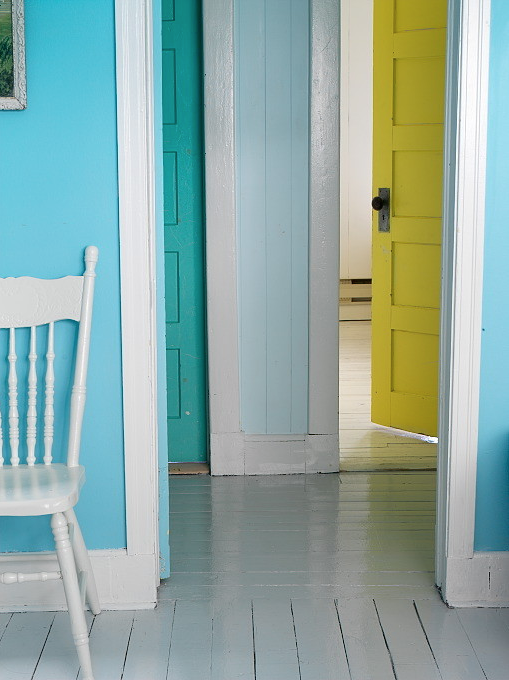
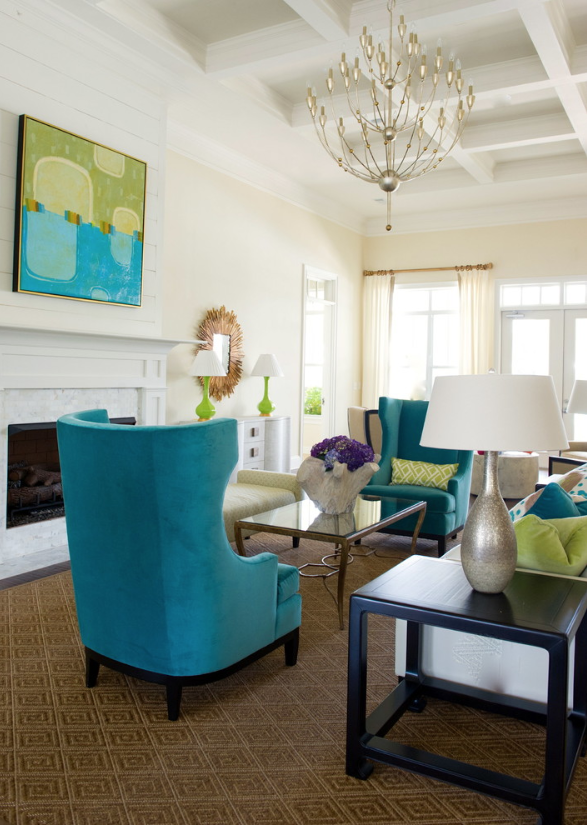
Meanwhile, complimentary color palettes (colors from opposite sides of the color wheel) can make a space feel more chopped up. This is a great tool for adding interest or defining spaces, but it must be used carefully in a smaller home.
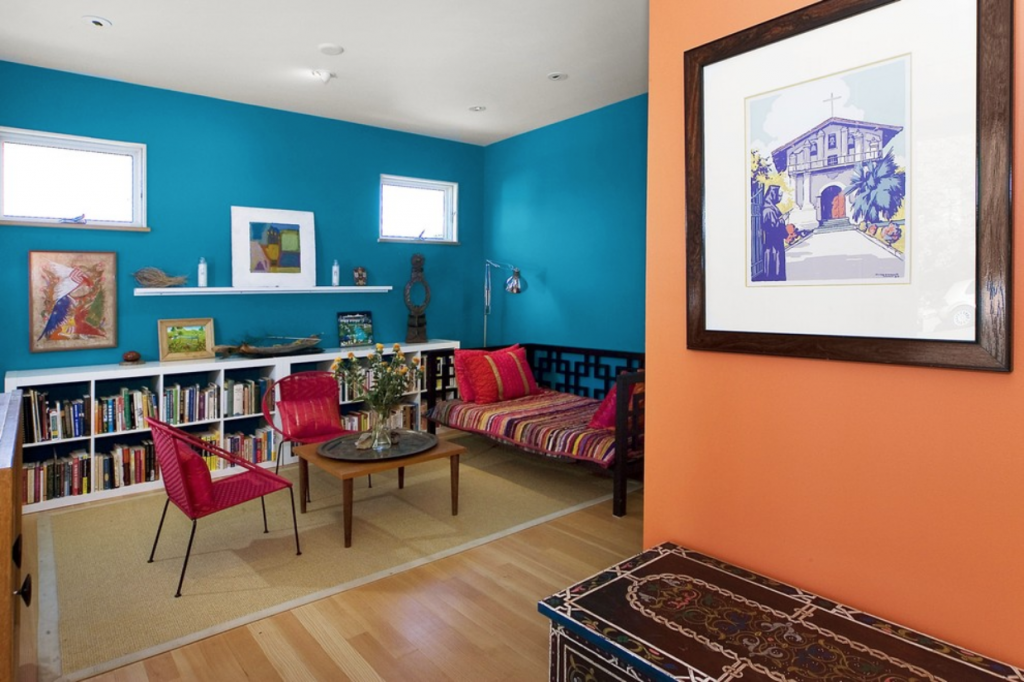
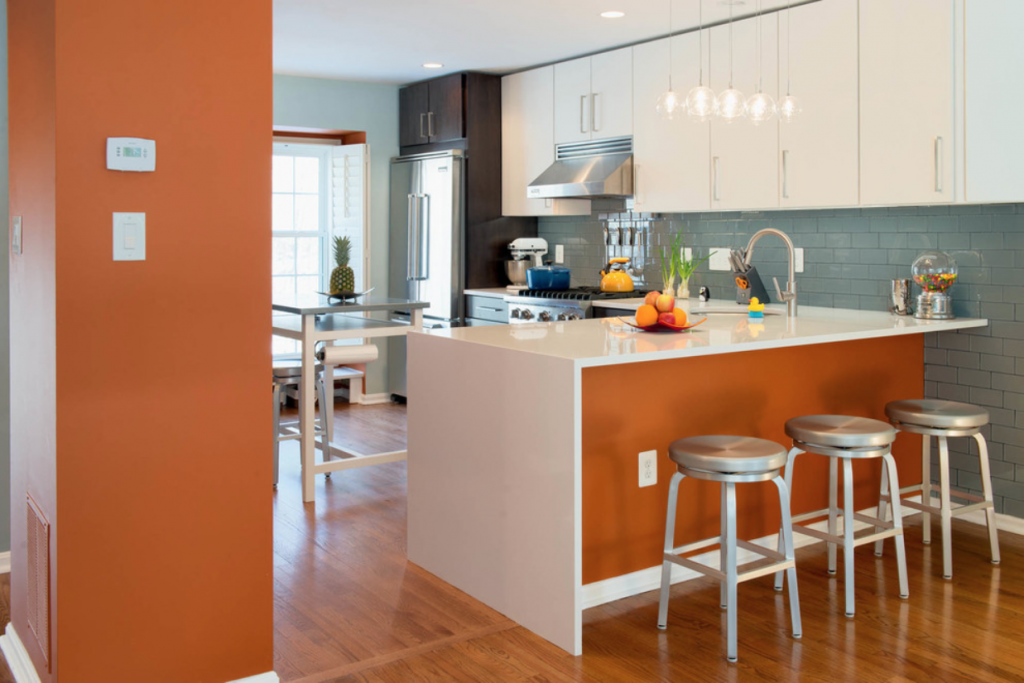
Pro Tip: Even if you want to have a more dynamic color palette in your home, try to keep a few elements consistent from space to space, like having all the baseboard, doors, and trim the same color and style from room to room, or having the same flooring in as many areas as possible.
Tip four: update your lighting
Lighting for any space, small or large, is key, but it doesn’t always mean you have to change your light fixtures or add more lamps. Why not just change your lightbulbs?! This can make a huge difference! I recently changed the light bulbs in my small bathroom and felt like my world really opened up! Not only could I see my reflection better in the mirror, but I also feel like the updated lighting added height to the space!
These days we have options for both how much light a bulb gives off, and the color of the light! Just choosing a “daylight balanced” light, or one with more lumens (that’s the amount of actual light output) and a cooler color can transform your space! Check out this post for more on color temperature!
Of course, your fixtures make a difference, too. Even in a rental space you can swap out a dull or ugly light fixture for one with more bulbs and more style (just store the original in a closet to reinstall before you move out). This gal did it without even uninstalling the original fixture (which only works if your original fixture is providing enough light, or can do so with new bulbs.)
And in nearly any room you can add floor or table lamps to add in more layers of light. Spreading your light sources helps make sure that no part of the room is left in shadow (including your ceiling) and lets you control the amount of light you want – from bright task light for working and reading, to soft mood lighting for date and movie nights!
Tip five: stow the stuff
Last but certainly not least, in any space, large or small, everything needs a home. Of course, the first key to
that is get rid of your clutter!
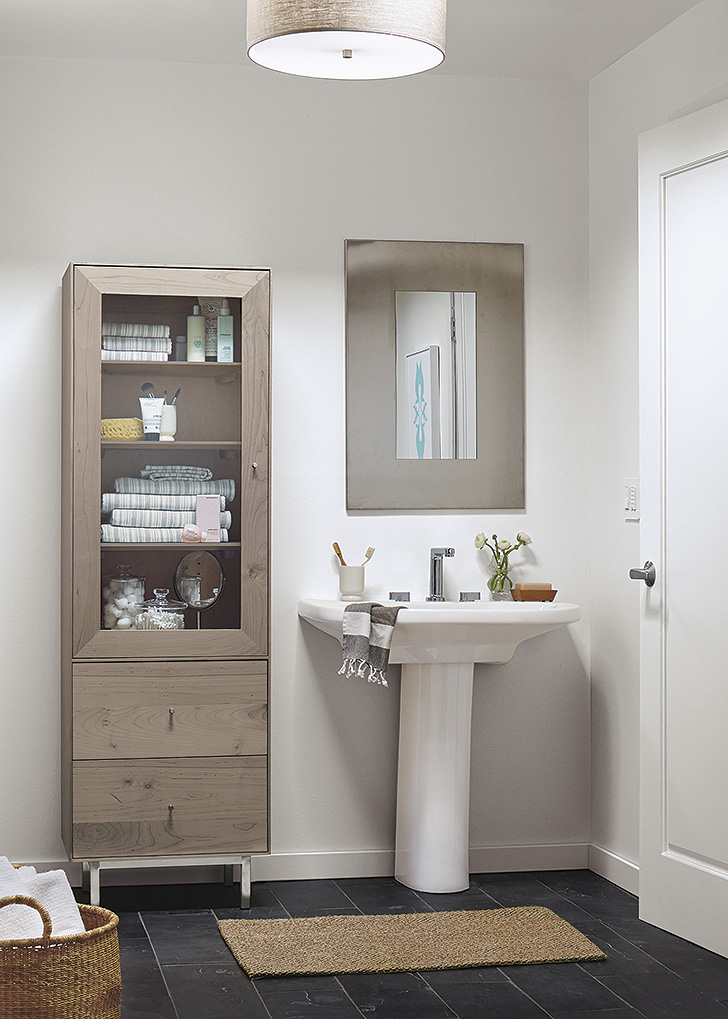
If you haven’t touched something in a year, it’s probably best that you donate it to a friend or your local thrift store.
For the stuff that you just can’t part with (either because you use it, or you love it), there are an endless number of storage solutions out there! But before you rush out and buy a cute display case like this Room and Board custom cabinet, be honest with yourself about how tidy you can keep the contents. If you aren’t the kind of person who’ll keep it neat, consider closed storage instead.
That said, one of the best ways to make small spaces functional is to use creative display options, like using shadow boxes to make the functional things fun, or shelves to collect and curate your treasures. This allows you to keep those items off the floor and table tops and show them off.
These shelving units from Ikea on the left and right are perfect examples of how to style your cherished items.
Don’t be afraid to mix your functional things with your accessories. Nearly anything can be displayed beautifully, and remember that it’s a-okay for books and figurines, or art and dishes, to share a space. In a small space, everything has to “think outside the box.”
Some of us choose to live in tiny homes, and some of us are forced into it by circumstance and economics. No matter how you landed you in your cozy space, look at it as a wonderful opportunity to get creative and flex your design muscles!! With a little design know-how and creativity, your finished product just might surprise you! And if you need a hand figuring out how to get clever with your small space, remember that there are design pros out there ready to help. 😉
May your home always be happy (and spacious!),
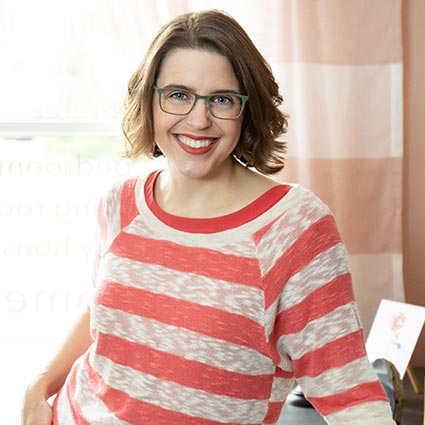
HI, I'M REBECCA WEST!
I’m an interior designer, author, podcaster, speaker, and coach to other designers. (Whew!) But I’m not your classic interior designer because, frankly, I don’t care if you buy a new sofa. I do care if your home supports your goals and feels like “you.” Remember, happy starts at home!
More From Seriously Happy Homes
Are you ready for a seriously happy home?
(Cue the confetti!)

Eager to get happy at home right now?

